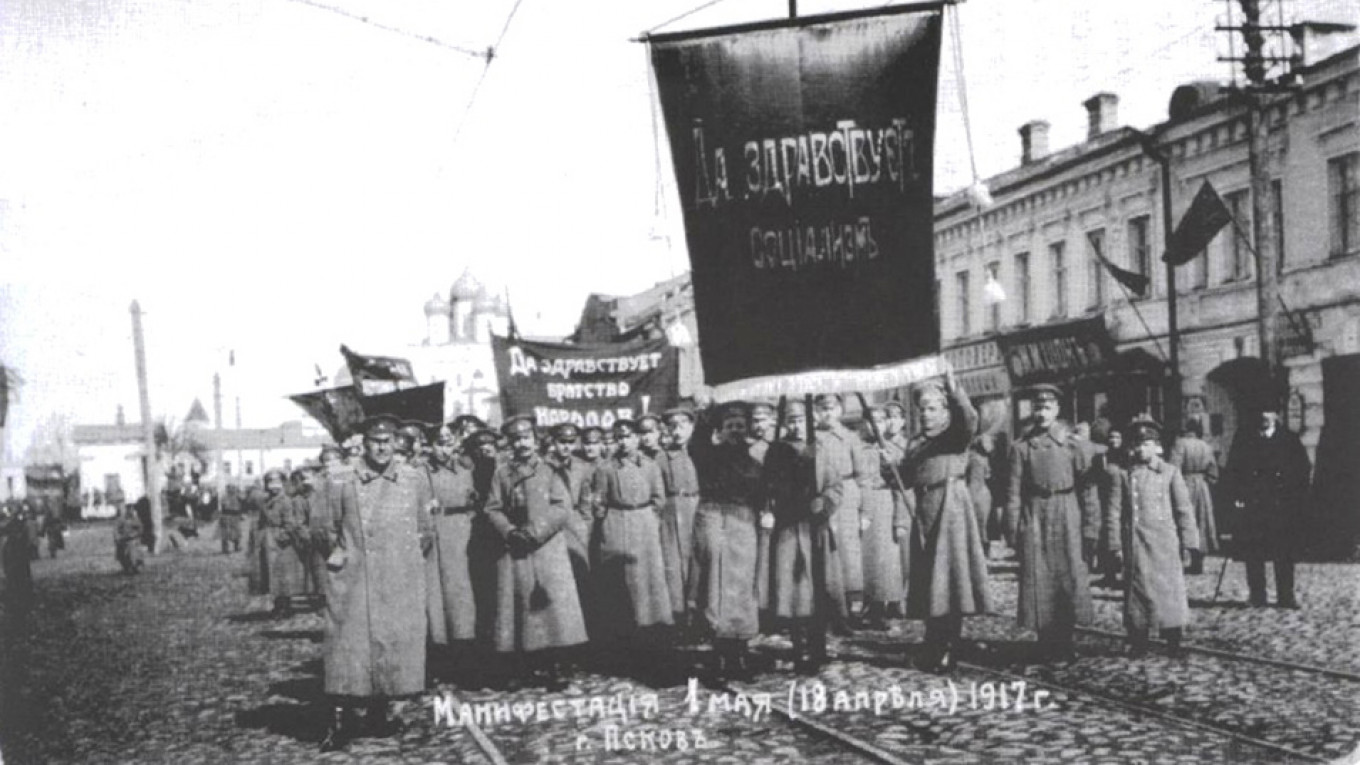
On this day in in 1918, the Soviet government marked May 1 as Day of International Solidarity with Workers.
Its origins date back to Australia in 1856, when workers demonstrated for an 8-hour work day. This demand was picked up by anarchist organizations in the U.S. on May 1 in 1886. Demonstrations and marches in Chicago were broken up violently when a bomb went off and then police fired on the workers. There were many deaths and casualties among police and workers. Later hundreds of labor leaders were arrested and four were hanged. This was followed by more unrest.
A few years later, a congress of the Second International in Paris called on workers around the world to stop work on May 1. It was marked in Russia illegally until the Bolshevik Revolution of 1917. Beginning in 1918 it has been a public holiday in Russia, although the name and purposes have changed over the decades. For a decade or two it was Labor Day, and since 1992 it has been called the Holiday of Spring and Labor. In the 1990s it was largely marked by the far-right communist and anarchist groups, but now it is a mix of oppositional demonstrations, patriotic parades, and general spring-time celebration.
Days off are usually tacked on to the holiday so that there are only a few working days between May 1 and Victory Day on May 9. Millions of people head out to their dachas for post-winter cleaning and the first planting; millions of other people head south or out of the country for some post-winter sunshine.






